In the twisty streets of Arles, ruins nestle into another – here’s the Roman forum and above it, a Romanesque church. But the present-day city feels more divided. With nine museums for 50,000 people, Arles has more art per capita than Paris by several orders of magnitude. At the same time, unemployment is above average for France; more than half of the residents earn less than the income-tax threshold. A few blocks from the gallery-filled streets of the centre are more rickety buildings. The city’s dusty facades look less cheerful away from the gift shops. Even the weekly market splits into two: on one end are lavender and pottery for tourists; on the other, women pore over piles of bargain clothing and discounted school supplies.
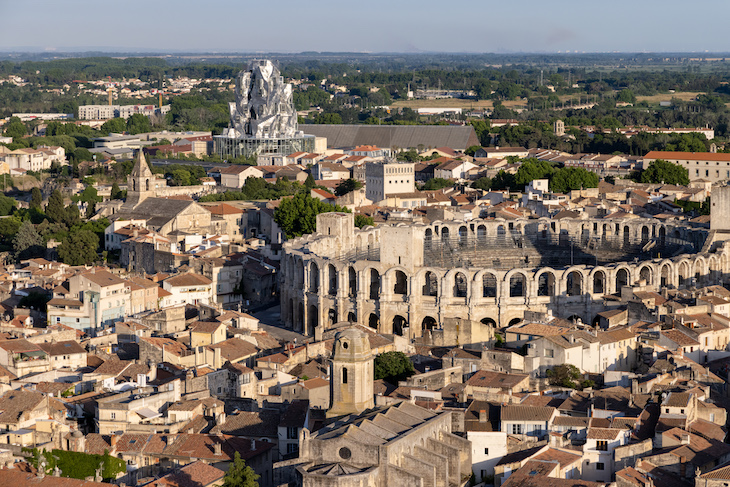
Luma Arles; in the foreground is the town’s Roman amphitheatre. Photo: Iwan Baan
The city’s politicians hope that the new Luma art centre will bring about something of a ‘Bilbao effect’: that is, bring in a lot more tourists and therefore jobs for the local workforce. The project has in its favour a billionaire patron, pharmaceuticals heir Maja Hoffmann, and the man who designed the Guggenheim Museum Bilbao, Frank Gehry. ‘Long live the glory of Arles! Long live Frank Gehry! Long live Maja Hoffmann!’ said then-mayor Hervé Schiavetti at the stone-laying ceremony in 2014.
On the train down from Paris I try to understand what exactly Luma Arles is. The press material describes exhibitions, research and restaurants, a kind of high-minded amusement park. ‘I wanted to create a venue which offered a space and the necessary time for different languages and practices to converse,’ writes Hoffmann, ‘to open up new paths and bring about new perspectives.’ What is she trying to accomplish? The word she mentions is ‘utopia’.
At first glimpse the new building does look like a kind of utopia, its twisting steel reaching toward the heavens. Walking from the city centre you notice the play of light on metal that Gehry claims was inspired by Van Gogh, who lived in Arles for only about a year but is one of the main reasons people visit the city. Bay windows puncture the surface. The tower stands in the Parc des Ateliers, among former railway workshops turned into galleries, courtesy of architect Annabelle Selldorf.
As the full building comes into view, you see its round base, a nod to the ruins of the Roman amphitheatre in the city centre. The playful spirit continues inside. The first work of art in the lobby is a pair of entwined metal slides designed by Carsten Höller, complemented by a double helix staircase across the hall. A mirror by Olafur Eliasson dances above it, radiating light.
The space weaves into itself in a way that recalls the streets of the city. The bricks that line the exterior seem to fold into the interior. There is something ruin-like about the mix of indoor and outdoor. The repeating motif on the floor inside the building continues on the terraces, distinguished only by the polish of the stone.
A tour guide makes sure to point out the materials used. The walls beside the lifts are clad in salt panels made in the nearby Camargue marshes; the wallpaper in one of the restaurants is made from local sunflower stalks. These were developed by the Atelier Luma, an on-site laboratory that seeks to ‘use local resources […] to respond to social, economic, ecological, and cultural challenges’. The foundation must already be asking how stable these materials are: the salt on the walls is chipping, and at least four bathrooms are out of order.
The building does bring ‘new perspectives’ in unexpected spaces – a music installation by Tino Sehgal echoes into the staircase. But the art can be hard to find. Much of it is in the two basements, where a large gallery displays highlights of Hoffmann’s collection. I am surprised to see an Urs Fischer wax copy of a Giambologna statue in the centre of the room. It is an impressive work that also happens to anchor the new Pinault Collection in Paris. The building materials are local, but the art could be anywhere.
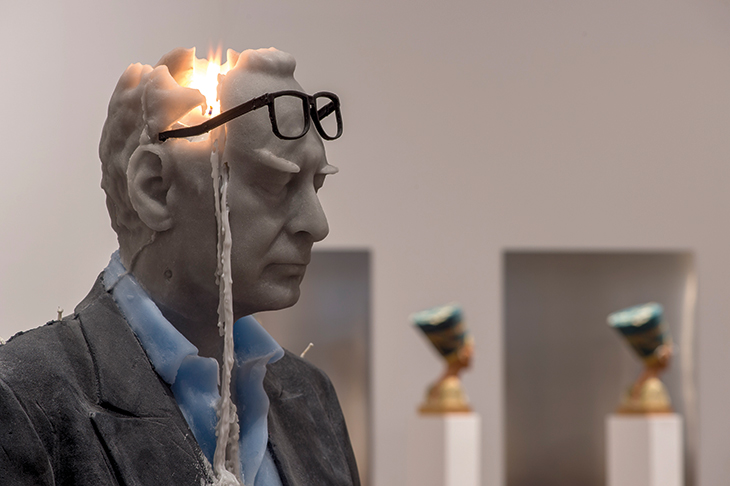
Installation view of ‘The Impermanent Display’ at Luma Arles, including part of Untitled (The Rape of the Sabine Women) (2011), Urs Fischer. Photo: © Marc Domage
A long dark hallway houses the Luma Foundation’s ‘Living Archives’ project, a display of archives acquired over the last few years, including those of Annie Leibovitz and Nan Goldin. The archive of Parkett magazine is here too. There’s a QR code you can point to for more information, but the basement is out of phone range.
The park surrounding Luma has been designed by landscape architect Bas Smets, who has turned a dusty yard into a lawn and lake. I sit on a bench. My museum-going companion nurses a knee scraped in the Höller slide, which has provided a bumpier ride than expected. The sun is shining. Recent rainfall lies unabsorbed on the recently-set grass. A bold effort at utopia, I think. I wonder what it would be like to stay here.
Half a mile away, the Museon Arlaten has just reopened after an 11-year renovation. Originally a project by the 19th-century poet Frédéric Mistral, who won the Nobel Prize for his efforts to preserve Occitan languages such as Provençal, the space was intended to promote local culture when it opened in 1899. Devoted, eccentric, with somewhat hazy politics, Mistral was self-centred enough to include his own possessions as examples of typical regional work. On display are his childhood cradle and pictures of his literary club the ‘Félibrige’, a group of Occitan enthusiasts who distinguished themselves by wearing brooches in the shape of cicadas. Woven ribbons, medieval monster costumes and bread boxes that look like dolls’ prisons fill the former palace – hyper-local artefacts collected over the course of the last century. True to its heritage, one of the guides is in Provençal.
Located on the top floor is a display about the railway sheds that were once where Luma now stands. At their height, these workshops employed and housed up to 1,800 people. They closed in 1984. In interviews with museum staffers, former workers explained how the workshops had transformed the city by providing everything from training programmes to summer camps. ‘We were proud,’ one of the interviewees said. ‘We thought we were serving a great enterprise, which served the country.’ Now, if he wished, he might go to a restaurant called ‘The Foundry Patio’ and eat watery ice cream made of almond milk.
From the October 2021 issue of Apollo. Preview and subscribe here.
Unlimited access from just $16 every 3 months
Subscribe to get unlimited and exclusive access to the top art stories, interviews and exhibition reviews.

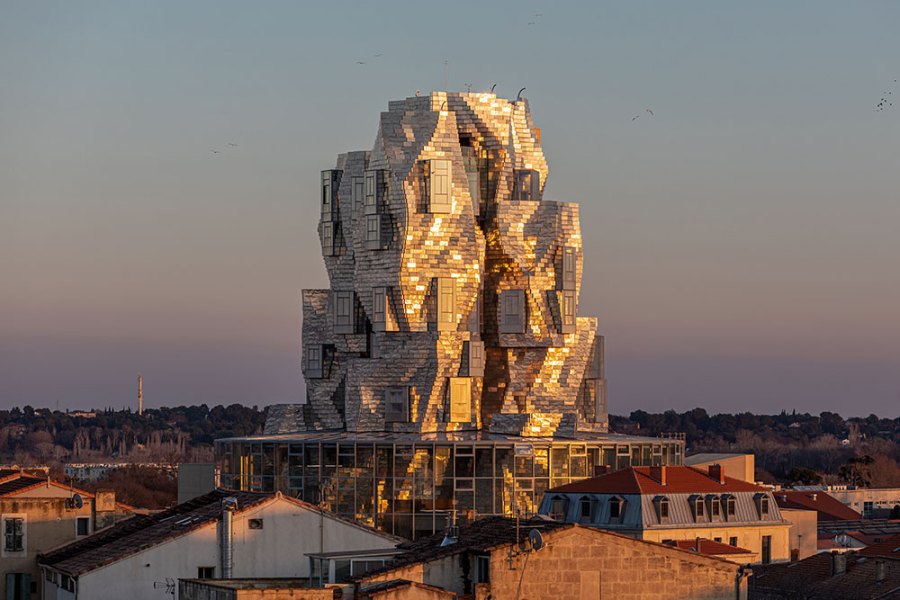
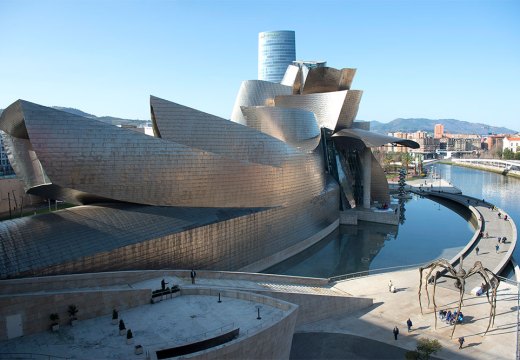
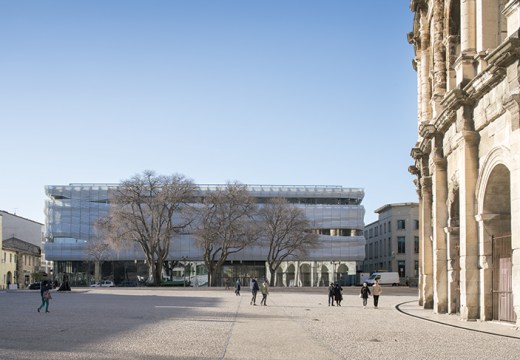
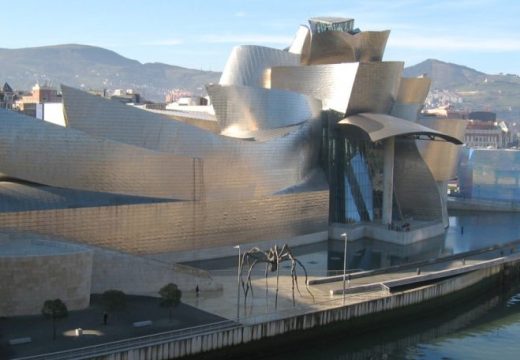









![Masterpiece [Re]discovery 2022. Photo: Ben Fisher Photography, courtesy of Masterpiece London](http://www.apollo-magazine.com/wp-content/uploads/2022/07/MPL2022_4263.jpg)
Has the Fitzwilliam got its rehang right?